Column | Malkeet Kaur
Published on May 19, 2020If You Haven’t Seen Lahore, You Haven’t Even Been Born!
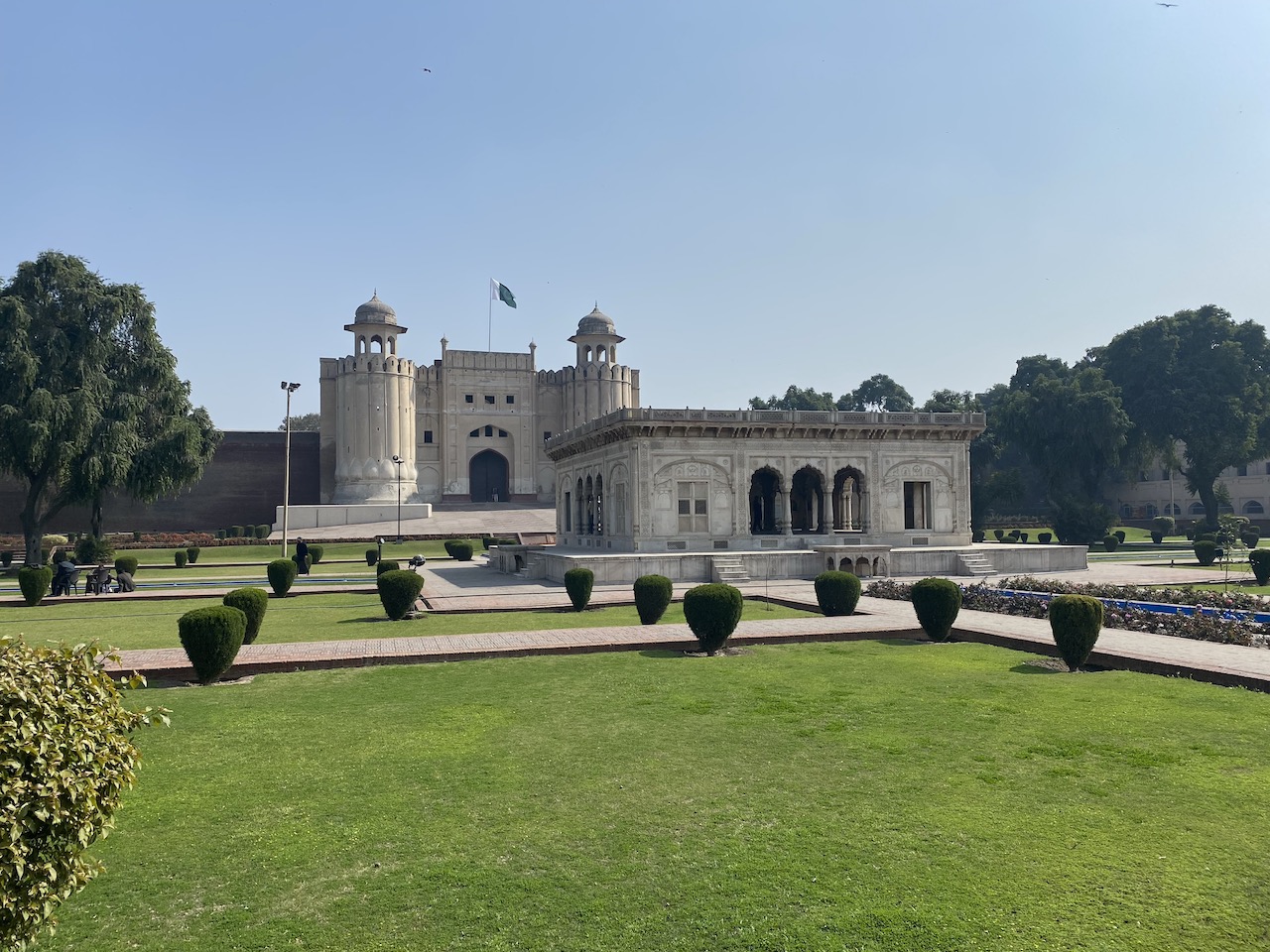
The Lahore Fort Entrance
There’s a general saying amongst Lahoris – Je Lahore Nai Dekhya, O Janmyai Nai, – meaning, one who hasn’t seen Lahore is not even born. It expresses the pride Lahoris have for their city, which is also popularly known as ‘The Paris of the East’.
Lahoris are so warm and welcoming; they have a charming way of articulating everything that captivates your attention; you will somehow find yourself agreeing to their suggestions, rendering you helpless, in a good way, to their friendliness and affable nature.

Attari-Wagah Border – Indian Immigration
It starts the moment you cross the Attari-Wagah Border – the land border post between India and Pakistan. The border crossing itself is an interesting experience. After the whole immigration and customs process on the Indian side, which can take anything from 20 minutes to an hour or more depending on the number of people, you’ll be put on a two-minute bus that will take you to the border. After you get off the bus, there’ll be more document checking and baggage checking by friendly sniffer dogs before you are directed to walk to the huge gates.
As you approach the gates, behind and in front of you are the stadiums where the daily military parade of the security forces of both countries – India’s Border Security Force (BSF) and the Pakistan Rangers – is held in a colourful ceremony watched by thousands of visitors every evening. The performances on either side of the border are orchestrated and coordinated for maximum enjoyment.
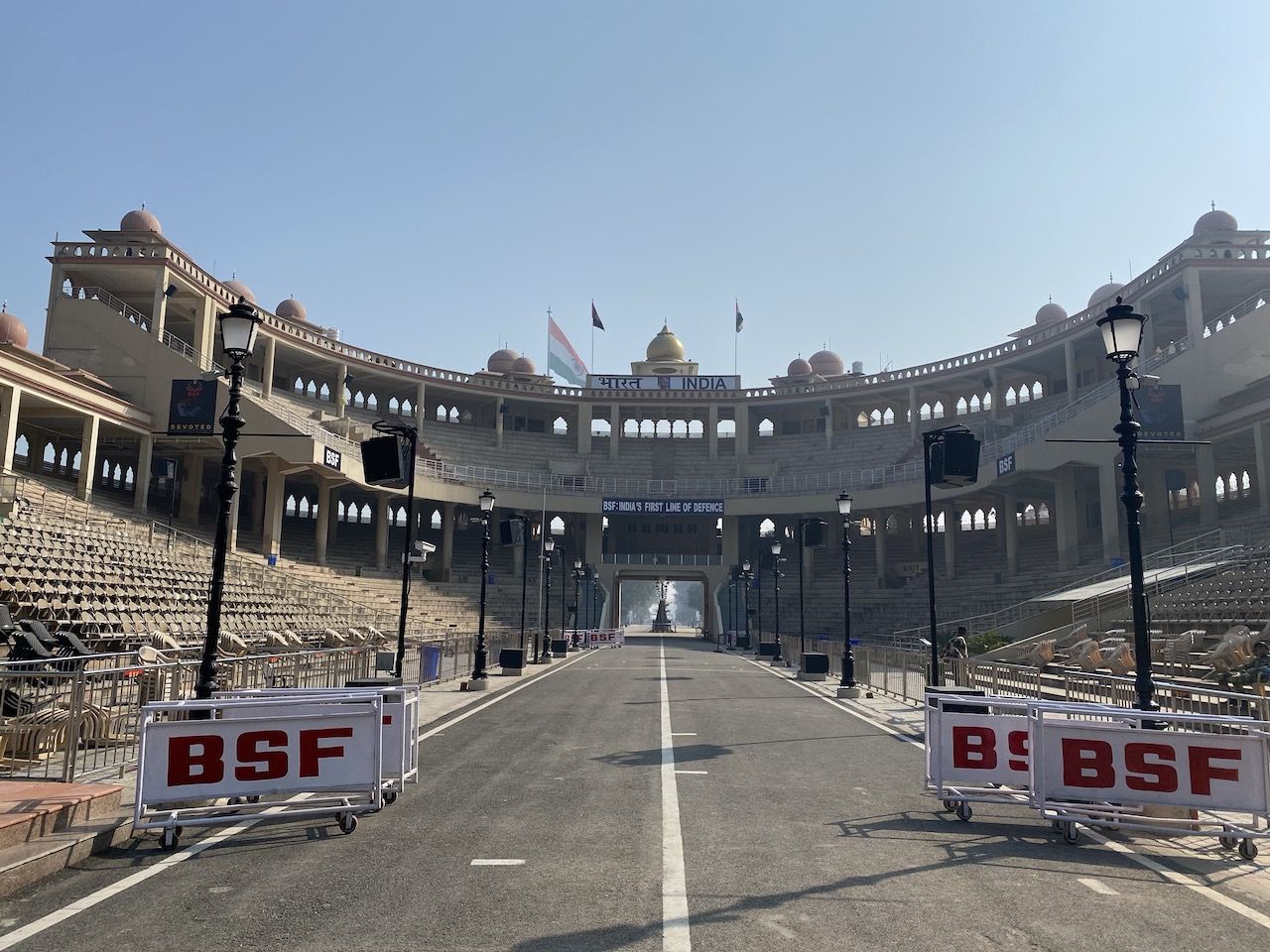
Attari-Wagah Border – The Stadium
In the day time, however, it’s just a quiet and peaceful border post with strict enforcement. As you stand at the gates, handing your passport, first, to the BSF and then, immediately, two-steps later to the Ranger officers, there is this moment of awe as your eyes roam around and take in the large expanse of the stadiums with concrete steps, and the huge flags of the respective countries swaying majestically in the clear blues skies.
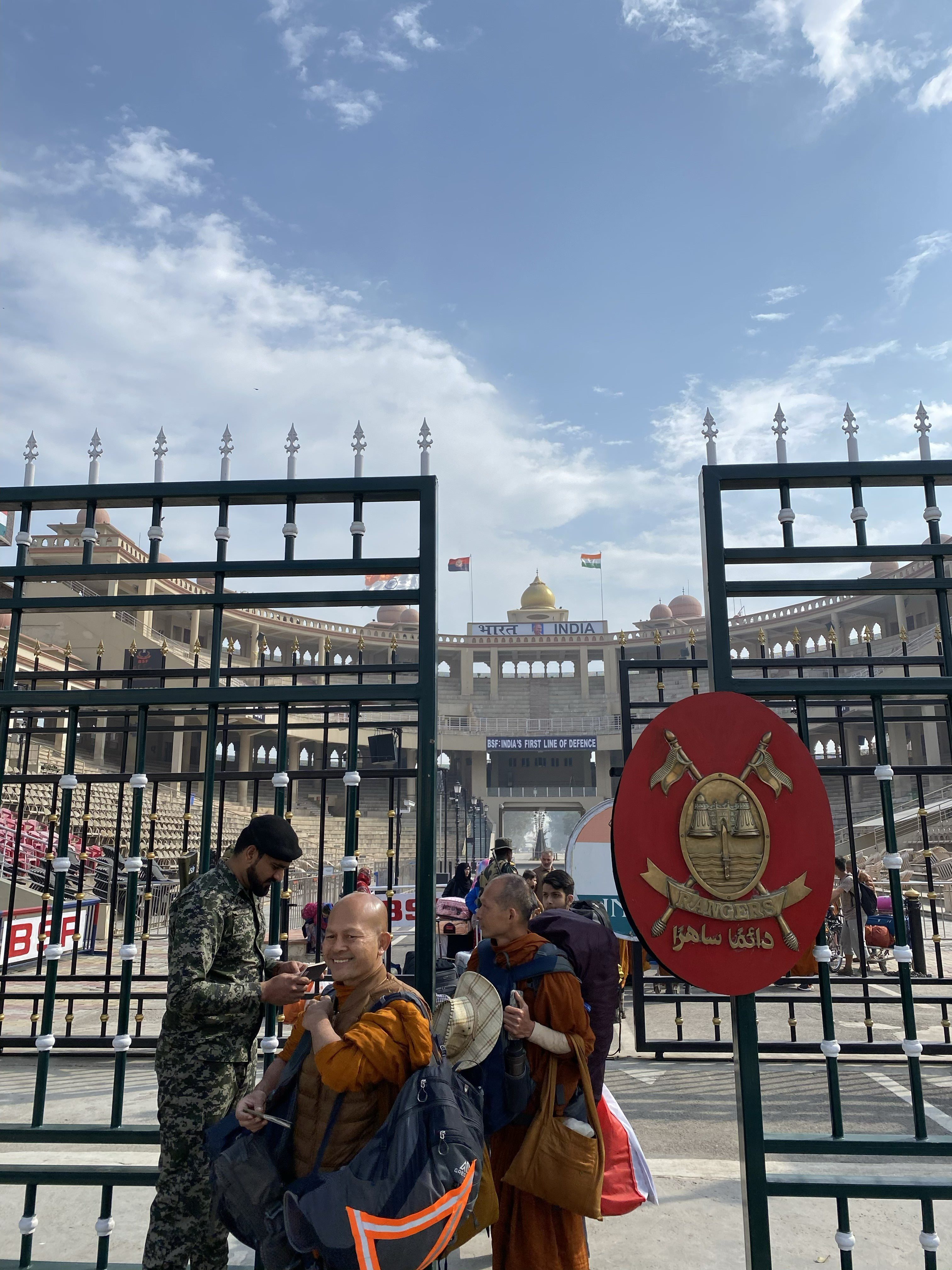
Cross the border into Pakistan
Once you cross the gates, you will be subjected to welcoming bellows from porters who rush forward and insist on helping you with your bags, totally ignoring your protestations, and even take photos for you. After, you must tip them generously. From the immigration complex, you will be taken to the public car park area via a somewhat shaky tumbledown toy train looking vehicle. It’s a tight squeeze but an interesting ride, nonetheless.
Lahori Attractions

The Badshahi Mosque next to the Lahore Fort
Having been the seat of many imperial dynasties, the grandeur of Lahore can be experienced in her many extraordinary mosques, mausoleums, fort, gardens, as well as in the colourful lifestyles of its people, which embody the spirit and soul of the city.
Lahore’s golden age began in 1524 when it was captured by Babur’s troops from the Turks. It marked the beginning of the Mughal dynasty and the city flourished, even becoming the city of royal residence. In the mid-18 century, it became an outpost of the Iranian empire. However, Lahore is most noted and associated with the rise of the Sikh empire, becoming the seat of a powerful government under the rule of Maharaja Ranjit Singh (1799-1839). After the death of Ranjit Singh, the city declined and soon came under British rule in 1849.

A Portrait of Maharaja Ranjit Singh at the Lahore Fort
Lahore is a mixture of the old and the newer commercial, industrial and residential areas that have sprouted around the city and the suburbs. The old city was at one time surrounded by a wall and a moat but have been since replaced by parks, with exception of the north. A circular road around the rampart provides access to the old city by 13 gates. And within the old city lies the Wazir Khan mosque and the grand Lahore Fort.
The fort, which is a splendid example of Mughal architecture, is a walled complex that spans some 36 acres and was partially built by Akbar and extended by the next three emperors. The fort, also known as the Shahi Qila, is a gigantic compound comprising of greenery enclosures, royal residences, lobbies, and mosques. Successive rulers made their mark on the fort including Shah Jahan’s 17th century Crystal Palace or “Shish Mahal” and Ranjit Singh’s ornate marble structure with 12 doorways – the Diwan-e-Khaas – where he entertained special guests. Most of the mirror work and frescos were also added during the of the Sikh rule.
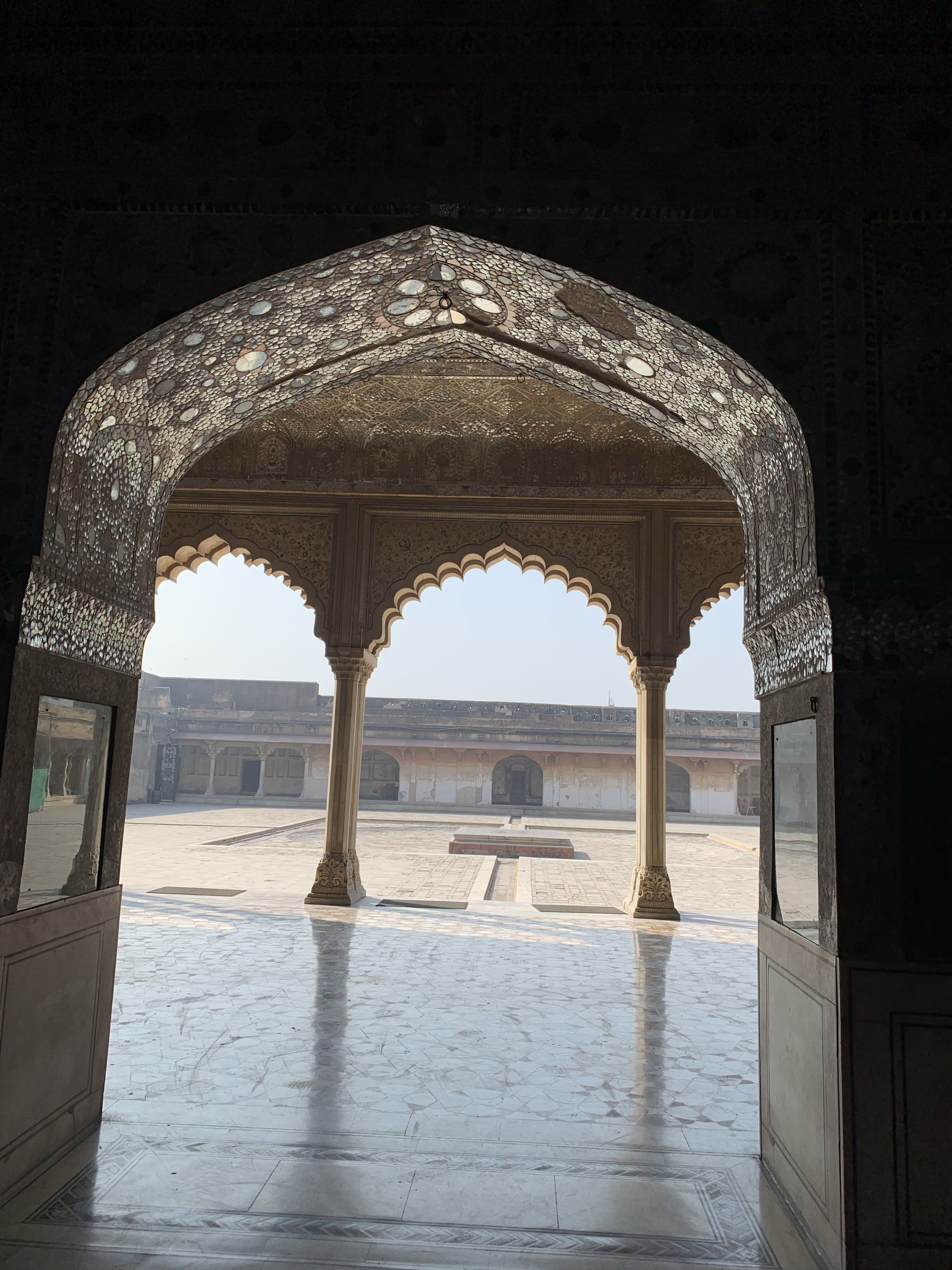
Shish Mahal in the Lahore Fort
There is literally so much to see at the Lahore Fort that it would easily take half a day with lots of walking. It would also be advisable to hire a guide to show you around and share with you the colourful history of the fort as well as the other historic landmarks nearby, which include the massive Badshahi Mosque, built by Aurangzeb, and one of the largest mosque in Asia, Ranjit Singh’s structures within the fort, his mausoleum and the nearby Dera Sahib Gurdwara.
The fort which is a UNESCO World Heritage site also houses three museums, the Mughal Museum, the Armoury Gallery and the Sikh Museum, each containing a series of interesting exhibits.
From the Lahore Fort and the Badshahi Mosque, one will catch glimpses of the Minar-e-Pakistan. The tower stands tall at the Iqbal Park of Lahore, one of the nation’s biggest urban parks; this is the site where the Lahore Resolution was passed by the All-India Muslim League in 1940. The park and tower represent the mixture of Islamic, Mughal and modern styles.

Minar-e-Pakistan
Close by, laid out east of the city in 1642 by Shah Jahan, is the magnificent Shalamar Bagh. It was a refuge for the royal family that consisted of 80 acres of terraced, walled gardens with some 450 fountains. Not surprising, it’s also designated a UNESCO World Heritage site. Too bad it was undergoing renovations, but it is said that in its full glory, the gardens are truly something to behold.

The Shalamar Bagh
At the time the garden was laid out, the waterworks and terraces of Shalamar were unprecedented in Lahore. There was a time when a broad canal from the nearby River Ravi fed hundreds of fountains, pools, and lushly irrigated flora. The majesty and beauty of the gardens inspired not only the rulers of the day but also local Sufi poets as well as other writers. Shalamar Bagh was a focus of intense spiritual and poetic experience. Exploring the gardens and taking in its many historical nuances can take half a day.
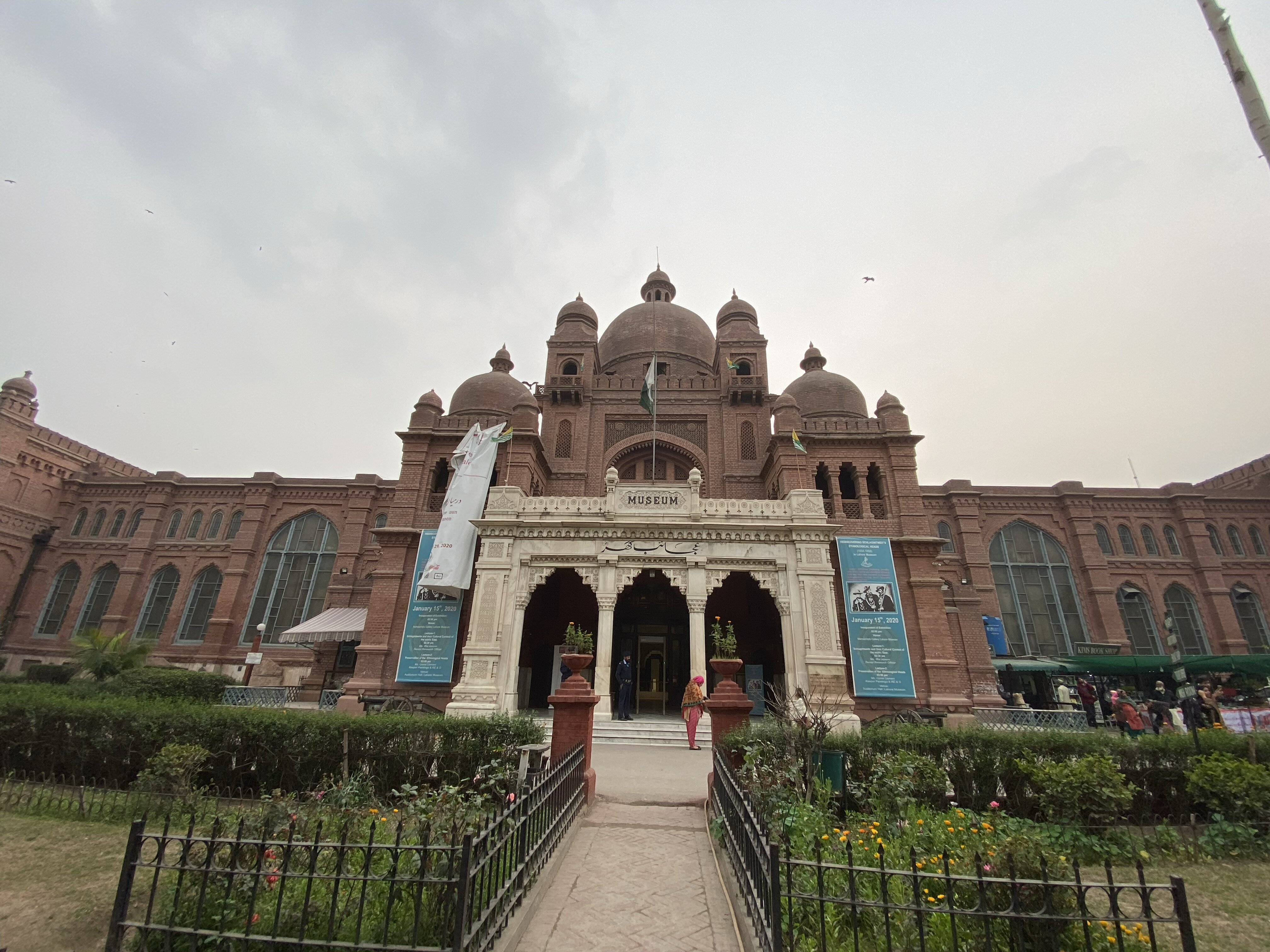
The Lahore Museum
Another place that is worth a visit is the Lahore Museum which houses eclectic collections of art and historical items. Although the museum was built during the British Raj, the main building was built using design patterns from the Mughal Empire. You certainly can’t miss the main redbrick building with its large domes and columns.
If you love shopping, the busy Liberty Market and Anarkali Bazaar is the place one would venture for bargains and variety of clothes and accessories.

Sri Kartarpur Sahib…Guru Nanak’s final resting place
Many Sikhs tend to visit Lahore because of historical and religious reasons. Historical, because it once was the capital of the Sikh Empire, and religious, because of its proximity to Nankana Sahib, and Sri Kartarpur Sahib, respectively the birthplace and final resting place of Guru Nanak, the founder of Sikhism.

Gurdwara Janam Asthan…Guru Nanak’s birthplace
Search
Other Stories
- Kingsland Locke to Open Latest London Location in Dalston, January 2021
- Ovolo Group Introduces Ovolo South Yarra
- Selo Group Announces Luxury Real Estate Investment Trends for 2021
- Work from Home in Beachfront Luxury: Anantara Desaru Coast Residences Offer Award-Winning Second Home Investment Opportunity
- EDITION Announces Seven New Hotel Openings Across the Globe in 2021
- Crown Group is Leading the Pack in Pet-Friendly Living
- Capella Hotels and Resorts Announces the Opening of Capella Hanoi
- The Leader Within: Behold Retreats Launches Exponential Leaders Retreat
- Porsche Design and AOC Unveil the Porsche Design AOC AGON PD27
- Meet DJI Mini 2, The Ultra-Light, Feature-Packed, Easy-To-Fly Drone You’ve Been Waiting For
- More news...